Minimalistic Bedroom Decor That Feels Luxurious
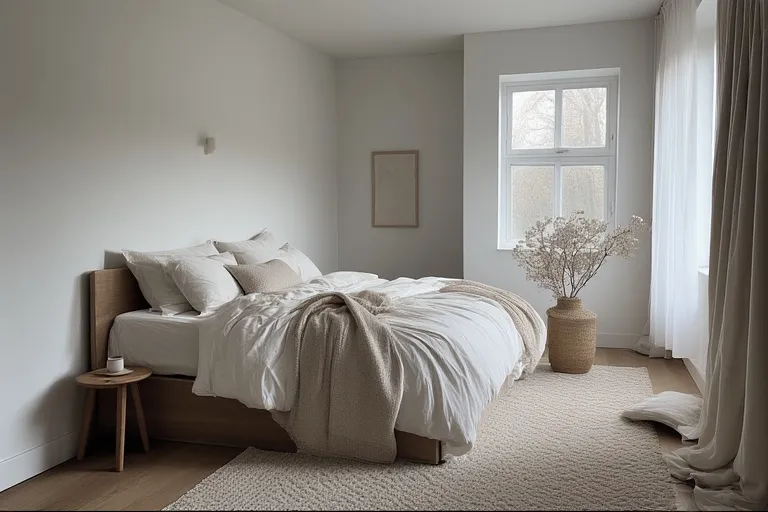
A minimalistic bedroom is more than just a design trend—it’s a lifestyle choice that celebrates simplicity, calmness, and functionality. In today’s fast-paced world, where clutter and chaos often take over our living spaces, minimalism offers a refreshing escape. By focusing on what truly matters and eliminating the unnecessary, a bedroom becomes a personal retreat of peace and order. Whether you live in a small apartment or a large home, the minimalist approach can completely transform how your space looks and feels.
Why Choose a Minimalistic Bedroom?
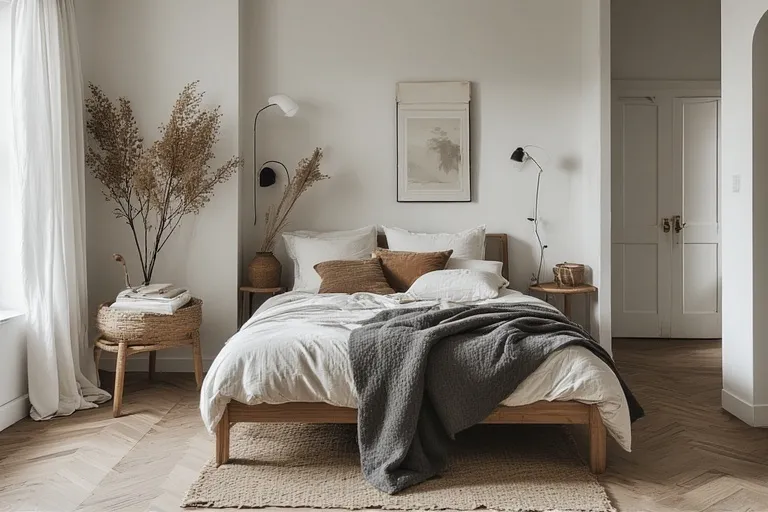
A bedroom design isn’t about depriving yourself of comfort—it’s about creating more with less. The goal is to design a space that feels open, airy, and restful. When there’s less clutter, your mind naturally feels calmer, and your body can relax more easily.
Minimalism also brings functionality to the forefront. Every item in your room serves a purpose, and every detail contributes to harmony. You wake up surrounded by tranquility, not distractions. That’s the true beauty of this design philosophy—it nurtures both your physical space and mental peace. You have to look cottagecore garden
Elements of a Mini-Bedroom
1. Neutral Color Palette
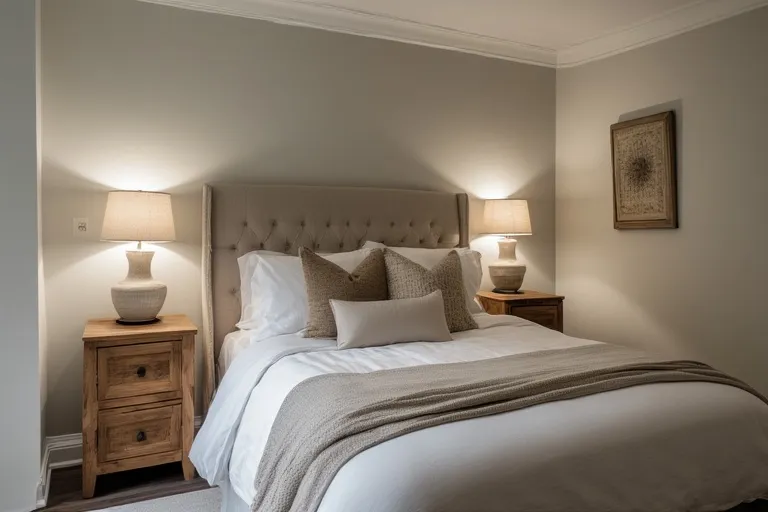
Color plays a vital role in setting the tone of your bedroom. Mini-bedrooms often feature neutral hues such as white, beige, gray, or soft pastels. These colors create a sense of spaciousness and calmness. You can add subtle contrasts using darker shades like charcoal or earthy tones, but the goal is to keep the palette soothing and unified.
2. Simple Furniture with Clean Lines
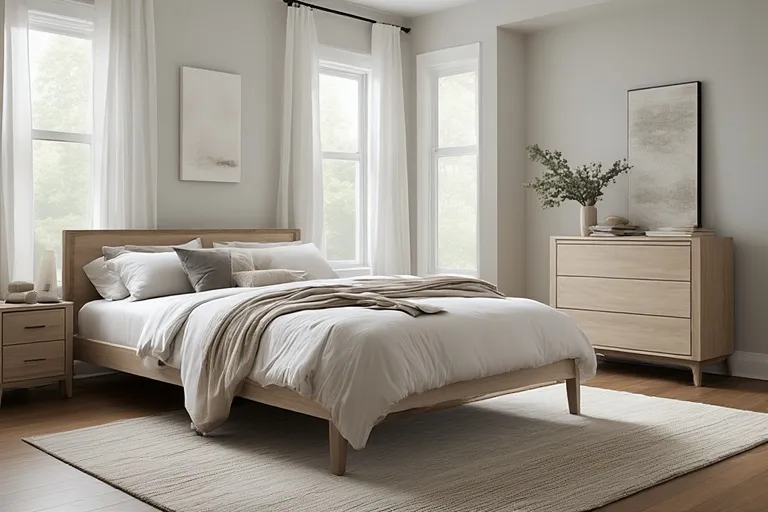
Choose furniture pieces that are sleek, functional, and free from ornate details. A low-profile bed, a small bedside table, and a minimalist dresser are usually all you need. The furniture should blend seamlessly with the overall design rather than stand out as statement pieces. Think of form following function.
3. Decluttered Spaces
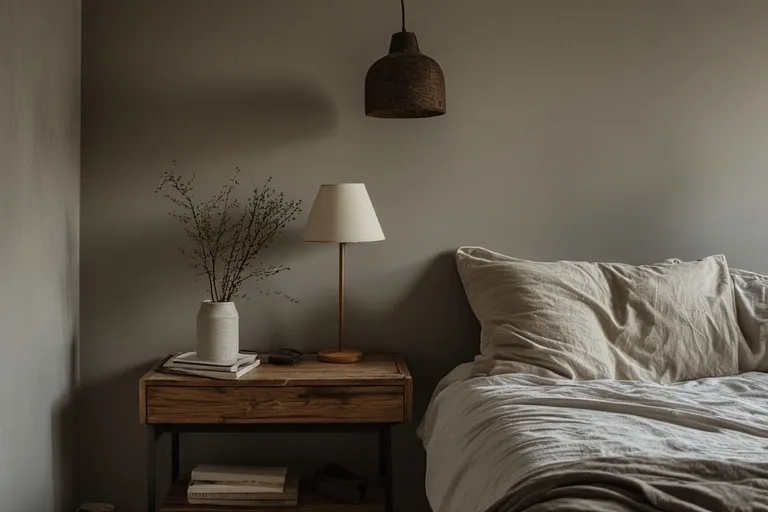
Clutter is the enemy of minimalism. Every object should have its purpose and place. Avoid over-decorating surfaces like nightstands or dressers. Keep only essential items—perhaps a lamp, a small plant, or a favorite book. The absence of clutter creates an instant feeling of relaxation and order.
4. Quality Over Quantity
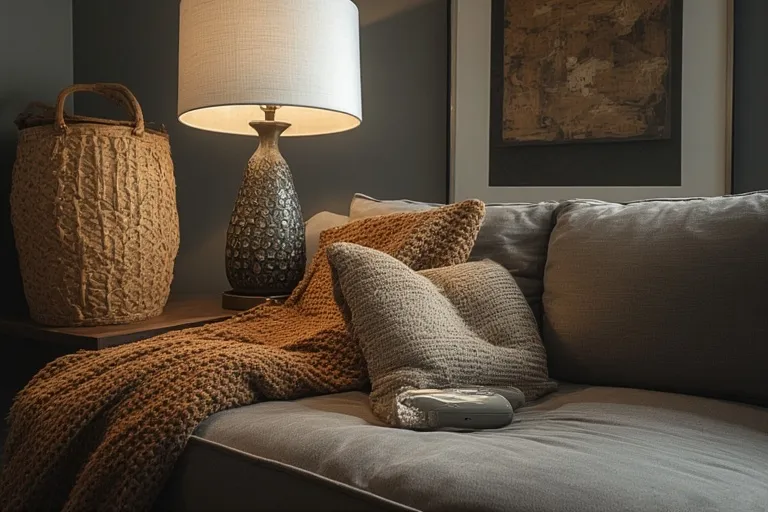
Instead of filling your room with numerous decor items, focus on selecting a few high-quality pieces. A single artwork, a beautiful lamp, or a textured throw blanket can have more impact than multiple small decorations. Each item should contribute meaningfully to the overall aesthetic.
5. Natural Light and Airiness
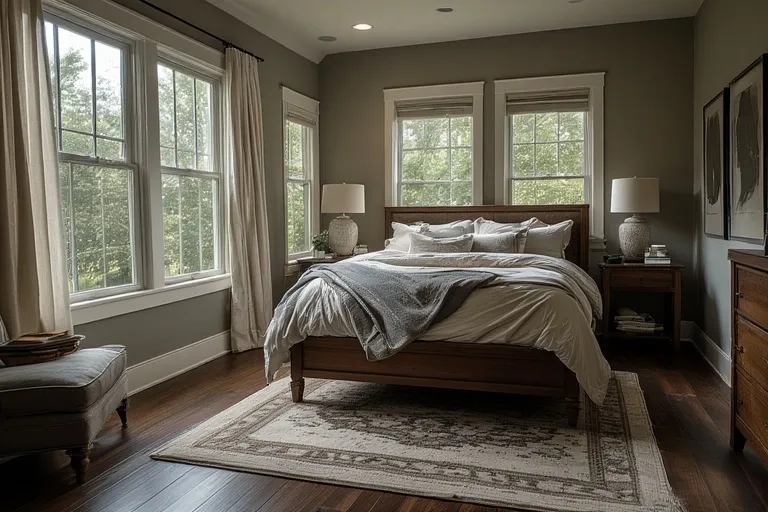
A bedroom thrives on light. Large windows, sheer curtains, and mirrors help reflect and amplify natural light, making the room appear larger and more inviting. If privacy is a concern, opt for light-filtering blinds or linen drapes that maintain brightness while offering softness.
6. Soft Textures and Layers
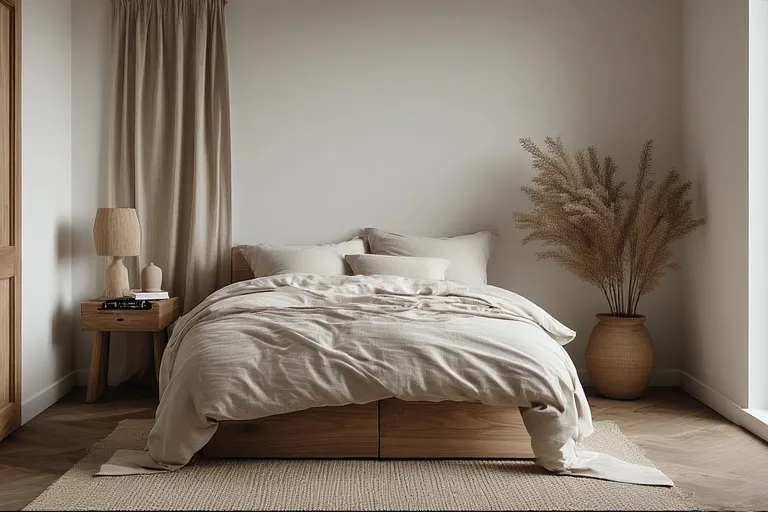
While minimalism emphasizes simplicity, it doesn’t mean your bedroom should feel cold or sterile. Introduce warmth through natural materials—cotton bedding, wool rugs, or linen curtains. Layering soft textures keeps the space cozy and inviting without overwhelming the visual balance.
7. Functional Storage Solutions
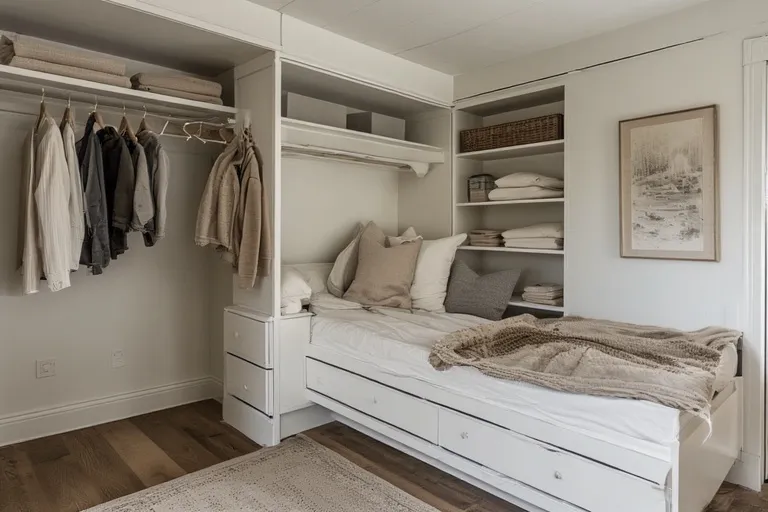
To maintain a clean and uncluttered look, invest in smart storage solutions. Under-bed drawers, built-in wardrobes, or hidden storage benches can help you keep everyday items organized and out of sight. The goal is to maintain visual calm while ensuring practicality.
How to Decorate a Mini-Bedroom Without Losing Personality
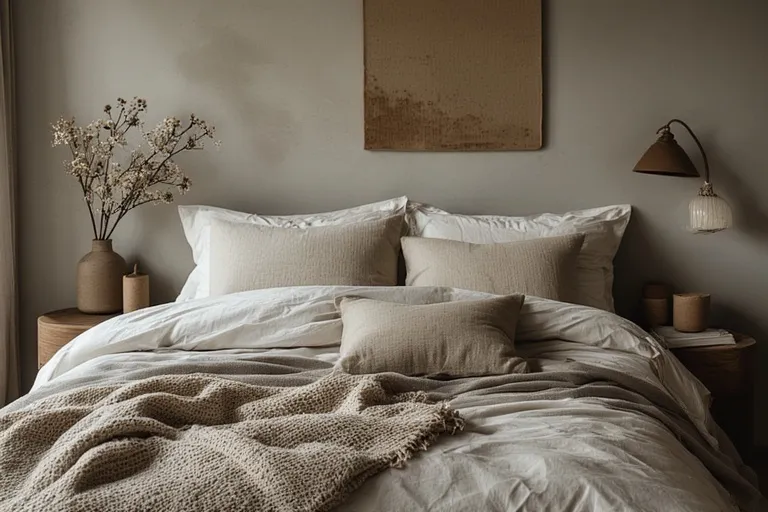
One common misconception about minimalism is that it lacks personality. The truth is, bedrooms can still reflect who you are—it’s all about intentional choices.
- Use meaningful decor: Display only items that hold sentimental or aesthetic value.
- Incorporate natural elements: Add a small indoor plant or a vase with fresh flowers to bring life into your room.
- Play with textures: Combine smooth, rough, and soft materials to add visual depth.
- Highlight one focal point: This could be a statement light fixture, an accent wall, or a single artwork above your bed.
Your goal is to design a space that speaks to your style without overwhelming it with unnecessary details.
Lighting in a Mini-Bedroom
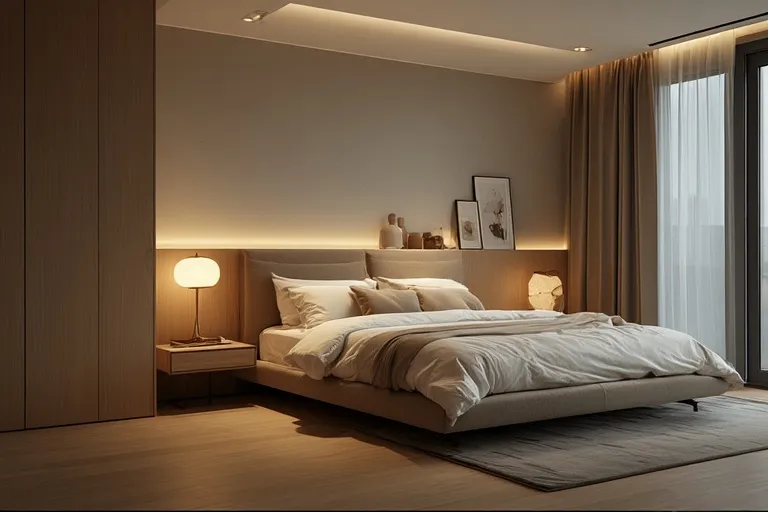
Lighting defines mood, especially in minimalist interiors. Layer your lighting sources to achieve the perfect balance between function and ambiance.
- Ambient lighting: Overhead fixtures or recessed lights provide general illumination.
- Task lighting: Bedside lamps or wall-mounted lights help with reading or focused activities.
- Accent lighting: LED strips under the bed or soft spotlights can enhance architectural details subtly.
Opt for warm, diffused lighting to maintain a calm and soothing environment. Avoid harsh or overly bright lights that disrupt the minimalist tone.
Benefits of a Mini-Bedroom Design
Creating a bedroom offers more than just visual appeal—it can positively impact your lifestyle.
- Reduced Stress: A clutter-free space helps reduce mental clutter and anxiety.
- Improved Sleep Quality: Simplicity promotes a more peaceful and restful sleep environment.
- Easier Maintenance: Fewer items mean less cleaning and organizing.
- Enhanced Focus: A tidy room improves concentration and mindfulness.
- Timeless Style: Minimalistic design never goes out of trend; it’s simple, elegant, and adaptable.
Bedroom Ideas for Small Spaces
Minimalism is especially effective in small bedrooms. Here are some practical tips to maximize space:
- Use multi-functional furniture such as beds with storage drawers or foldable desks.
- Keep walls light-colored to enhance brightness.
- Mount lamps or shelves instead of using bulky tables.
- Use mirrors strategically to create an illusion of space.
- Maintain open floor areas for a cleaner, airy feel.
Even in a compact room, minimalism can make the space look bigger, brighter, and more comfortable.
Common Mistakes to Avoid in Bedroom Design
While minimalism looks simple, it requires careful planning. Avoid these common pitfalls:
- Overdoing the white theme: Add warmth with wood tones or soft fabrics to avoid a sterile look.
- Ignoring comfort: Minimal doesn’t mean bare—use cozy bedding and layered textures.
- Lack of balance: Keep proportions and spacing consistent across all elements.
- Poor lighting: A minimalistic room should always feel bright and well-lit.
Conclusion
Minimalistic bedroom design is not about having less—it’s about making room for more peace, clarity, and intention in your life. By removing excess and focusing on quality, functionality, and harmony, you can transform your bedroom into a true sanctuary. A minimalist approach doesn’t just change your space; it changes your mindset, encouraging you to value simplicity, serenity, and purpose in everything you do.
1. What is a minimalistic bedroom?
A minimalistic bedroom focuses on simplicity, clean design, and clutter-free comfort.
2. How do I make my bedroom more minimalistic?
Declutter, use neutral colors, and choose simple, functional furniture pieces.
3. What colors work best for a minimalistic bedroom?
Neutral tones like white, beige, gray, and soft pastels work best.
4. Can a minimalistic bedroom still feel cozy?
Yes, by layering soft textures and using warm lighting.
5. Why should I choose a minimalistic bedroom design?
It promotes peace, reduces stress, and creates a timeless, elegant look.

One Comment